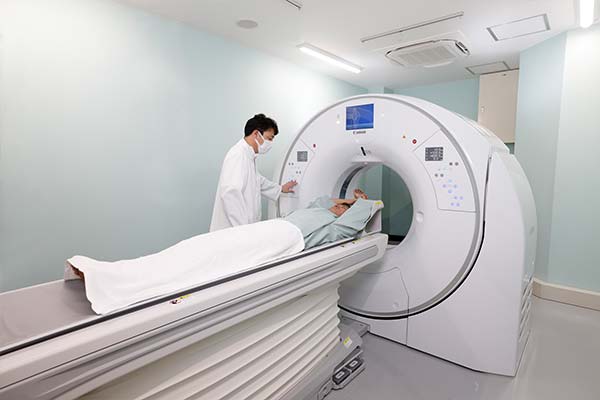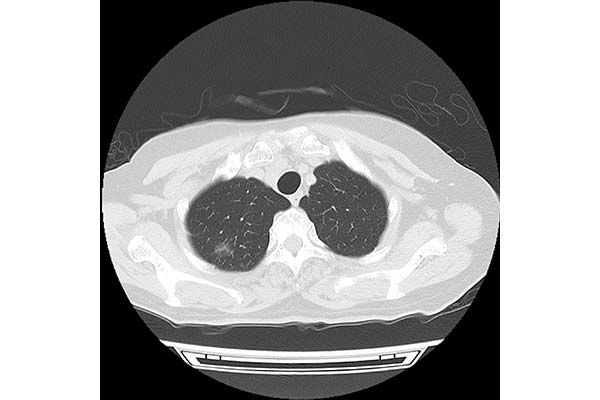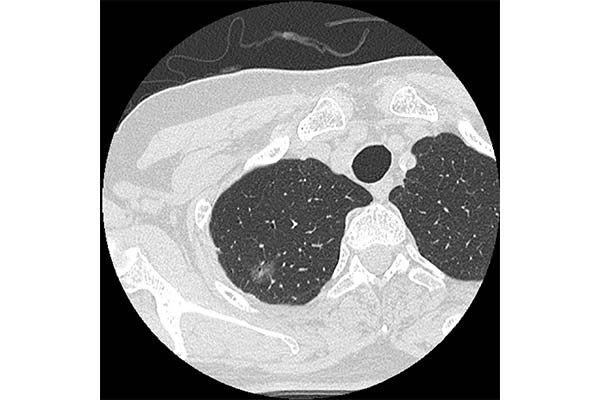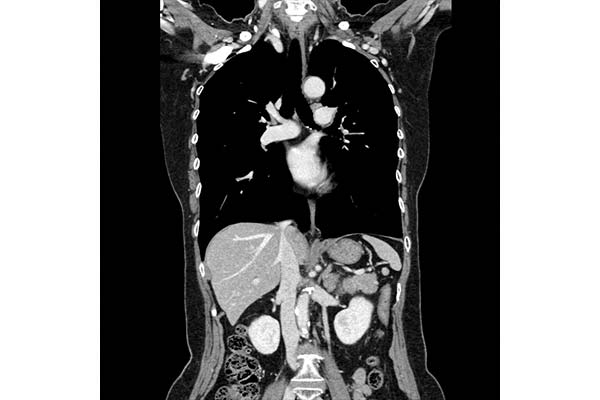News Release
April 12, 2023
Canon Inc.
Canon Medical Systems Corporation
National Cancer Center Japan
Start of Clinical Research of the First Japanese-Produced Next-Generation Photon Counting Computed Tomography
TOKYO, April 12, 2023—Canon Inc. announced today that the company Canon Inc., Canon Medical Systems Corporation (Canon Medical), and the National Cancer Center Japan (NCC) have begun clinical research employing a next-generation X-ray CT system with photon counting computed tomography (photon-counting CT, PCCT).

Using the first Japanese-produced PCCT system approved in December 2022,1 Canon Medical, the NCC Exploratory Oncology Research & Clinical Trial Center (EPOC), and the NCC Hospital East have started joint research and a clinical trial that aims to develop new diagnostic methods and investigate their clinical value by evaluating image data obtained using the PCCT system installed at EPOC.
With a focus on the 3C's, or "Conquer and Cure Cancer", EPOC provides comprehensive support and implementation from seed searches to preclinical and primary clinical trials to foster the development of new drugs and medical devices for fighting cancer. As a center for primary translational research and development based on a cross-disciplinary network encompassing a wide variety of fields, EPOC drives the development of advanced oncology drugs and medical devices and is responsible for the introduction of many groundbreaking medical treatments through co-creation involving industry, governments, academia, and the private sector. The research and development work described in this press release represents another important initiative undertaken using this approach.
The basic principles of PCCT can be traced back to technologies developed in Japan's advanced space program. The anticipated advantages of PCCT include significantly reduced radiation exposure compared to conventional CT (more patient friendly), improved detectability of pathological changes thanks to higher resolution imaging (more detailed), and more precise discrimination and identification of various materials in the body, as well as tissue characterization and malignancy assessment based on quantitative image analysis (more precise). These advances should lead to improved diagnostic accuracy throughout all phases of patient care in the field of oncology, from prevention to diagnosis, to evaluation of treatment effects, and to long-term prognosis.
Based on the results of joint research with EPOC and NCC Hospital East to investigate the clinical applications of PCCT, which began in 2020,2 a number of studies have been presented at scientific meetings, including the Annual Meeting of the Radiological Society of North America, the Annual Meeting of the European Society of Radiology, and the Annual Meeting of the Japanese Society of Radiological Technology. The unprecedented basic performance of PCCT is generating excitement in all parts of the world, as was clearly demonstrated by the CyPos Prize awarded at the Annual Meeting of the Japanese Society of Radiological Technology.
The NCC Hospital East will be reporting study results and presenting lectures at the 82nd Congress of the Japan Radiological Society and the 79th Congress of the Japanese Society of Radiological Technology to be held at Pacifico Yokohama from April 13 through April 16.
Dr. Tatsushi Kobayashi (Chief of the Department of Diagnostic Radiology at NCC Hospital East) commented, "PCCT provides high-quality images and minimizes image noise and artifacts at relatively low exposure doses compared to conventional CT. Furthermore, high-precision imaging and multi-energy analysis are expected to lead to new diagnostic imaging techniques and drug evaluation methods."
Clinical images of suspected lung cancer obtained by PCCT




Dr. Toshihiko Doi (Director of EPOC) commented, "EPOC focuses on research and the creation of innovative medical technologies through collaboration involving industry, the government, academia, and the private sector. At this time, Canon Inc., Canon Medical, EPOC, and NCC Hospital East will all work together to co-create the next-generation PCCT with the goal of ensuring its rapid clinical introduction and implementation."
Mr. Toshio Takiguchi (President and CEO of Canon Medical) commented, "By collaborating and co-creating with the NCC, we will be able to directly hear the ideas and opinions of physicians who are actually using PCCT, which should dramatically accelerate the clinical application of this new CT technology. We will help to advance medical care by offering the entire world more patient-friendly, more detailed, and more precise imaging made possible by PCCT incorporating the advanced technologies of the Canon Group. By promoting the rapid implementation of PCCT, we will contribute to the further development of diagnostic imaging technologies and aim to become the global No. 1 leader in CT."
- 1
As of April 10, 2023, based on research by Canon Medical
- 2
https://global.medical.canon/News/PressRelease/Detail/107615-834
